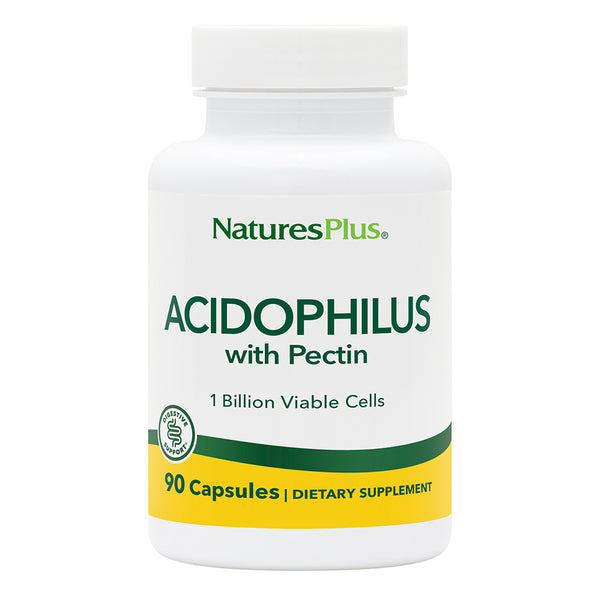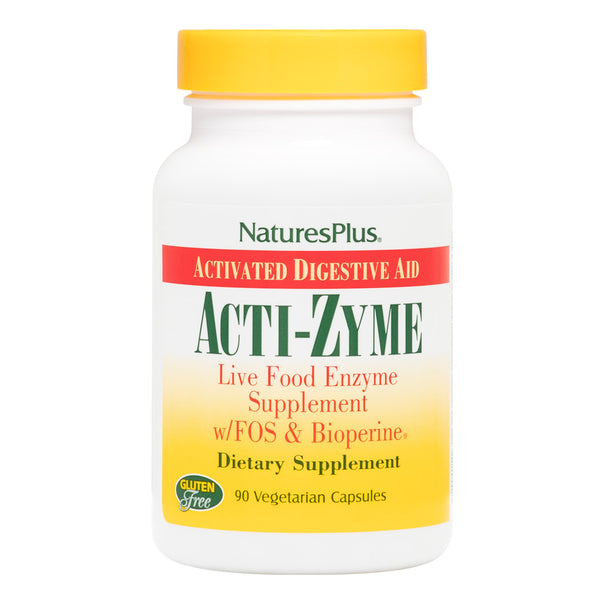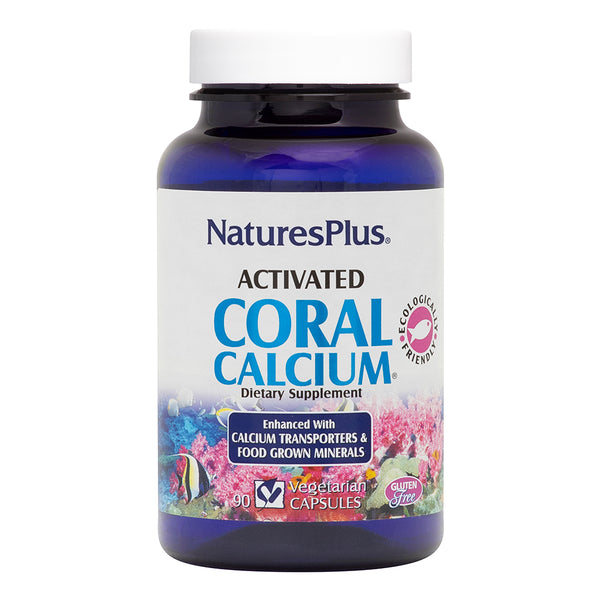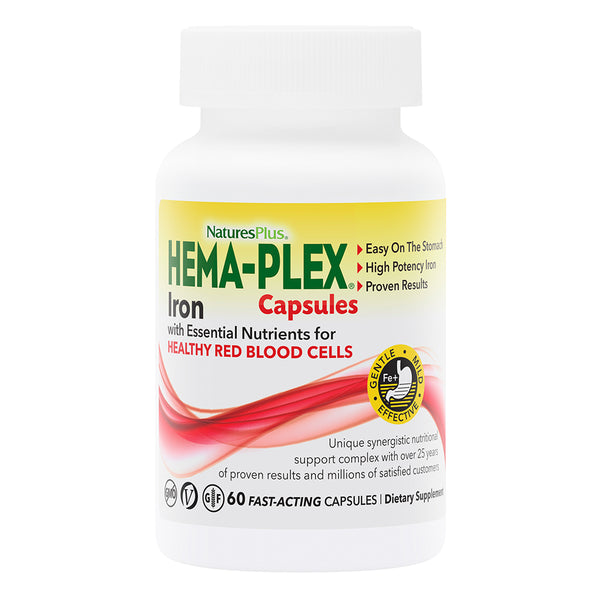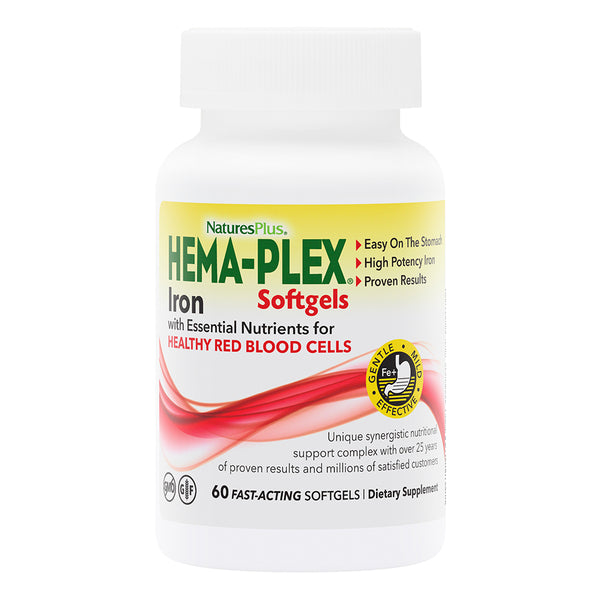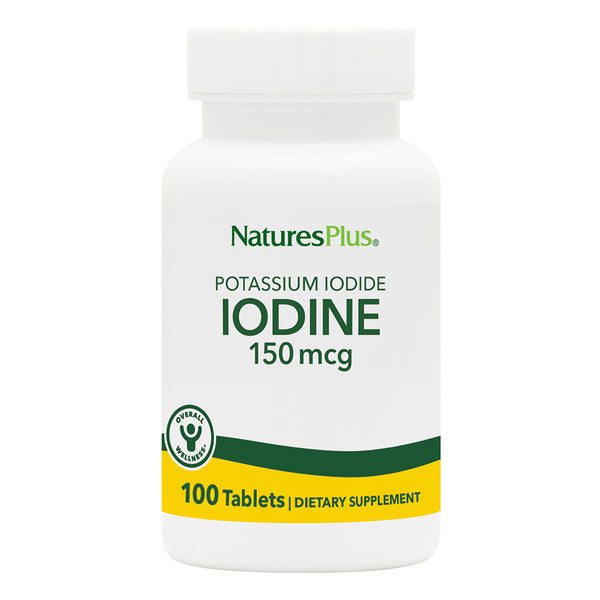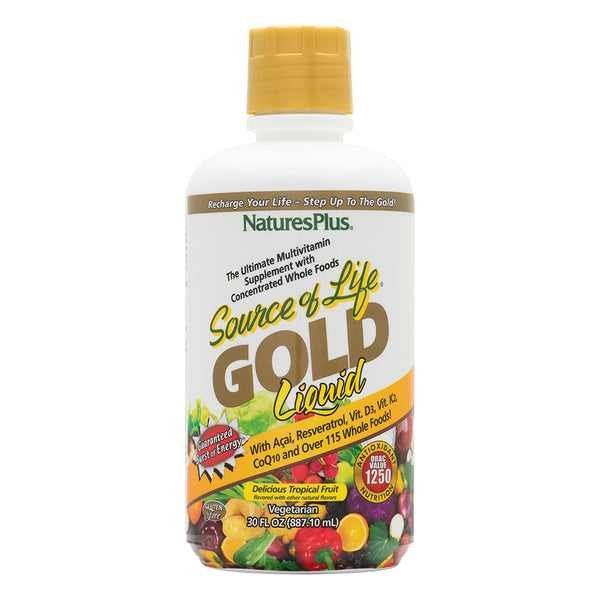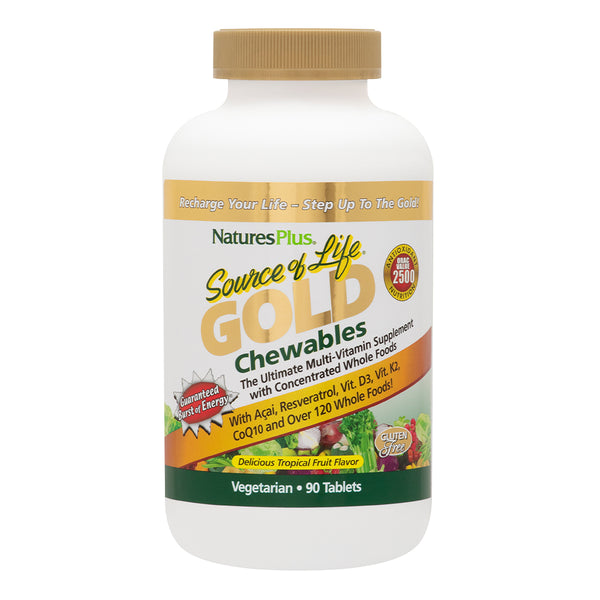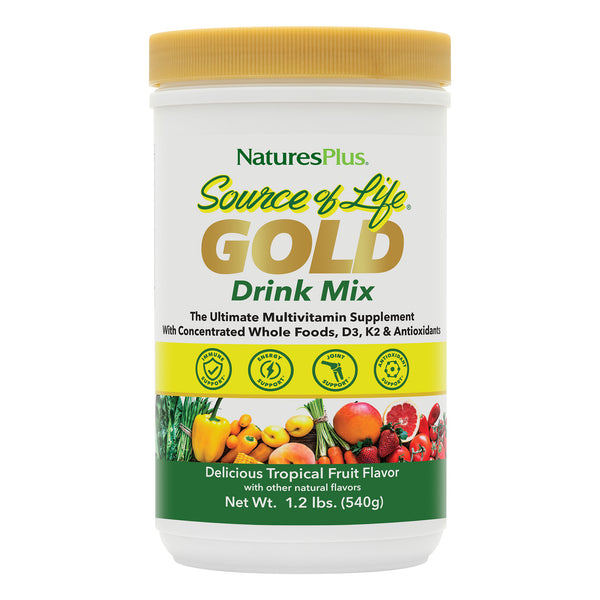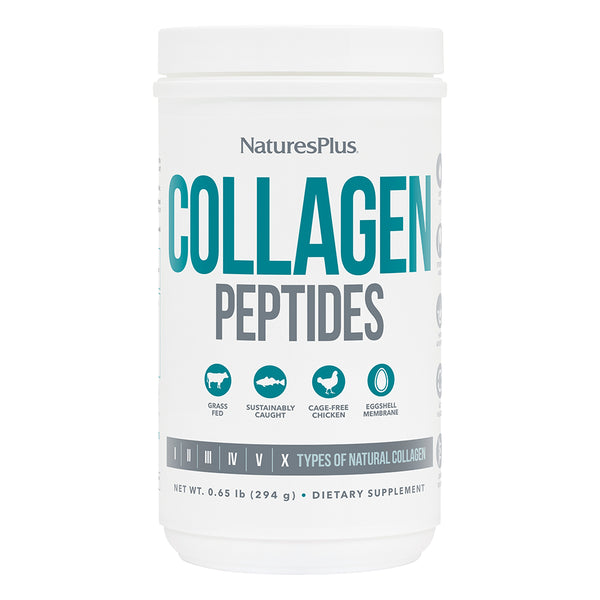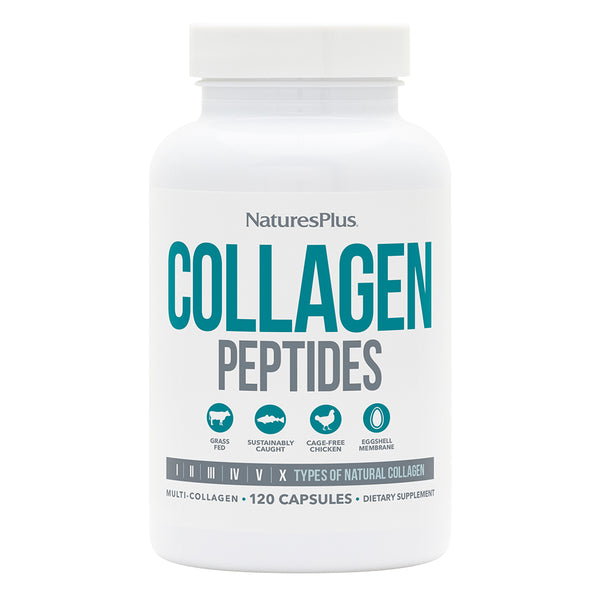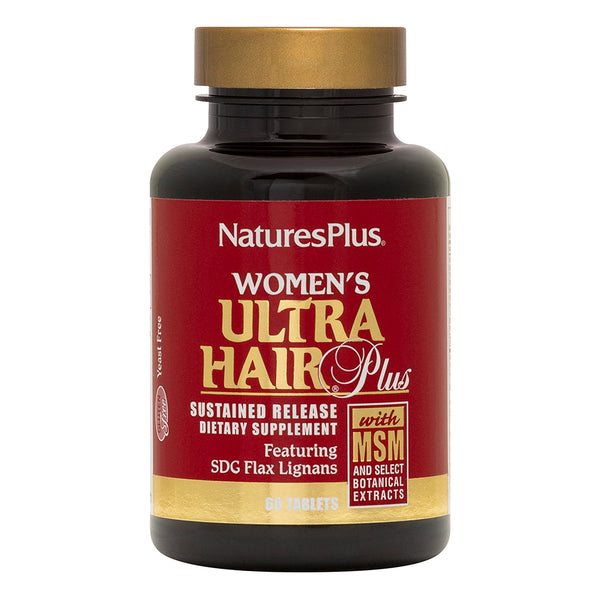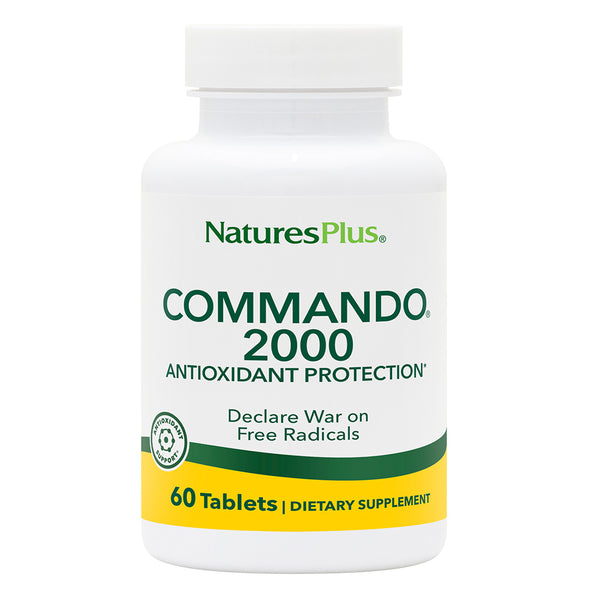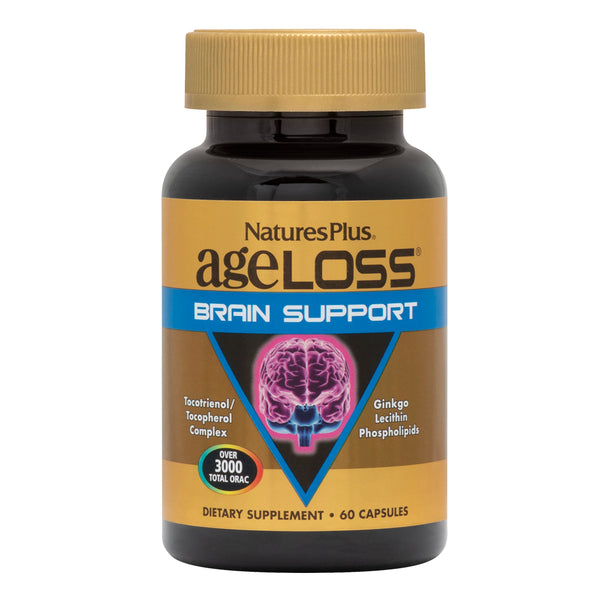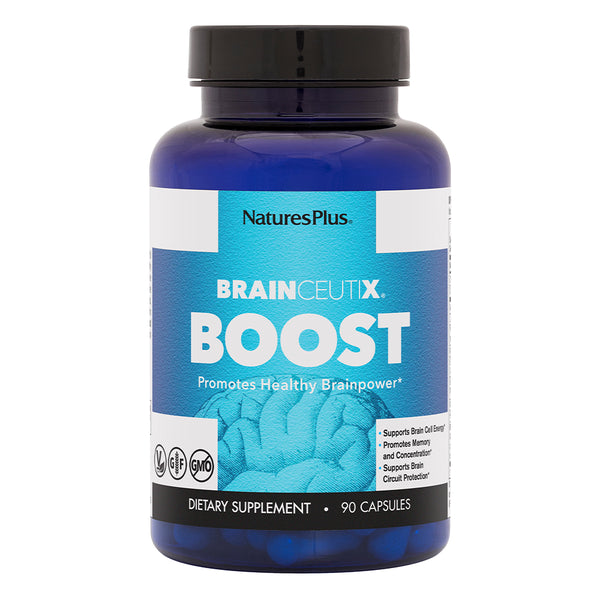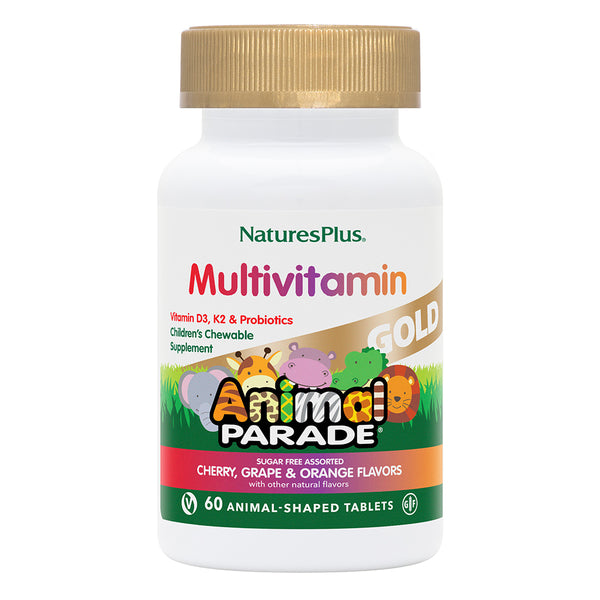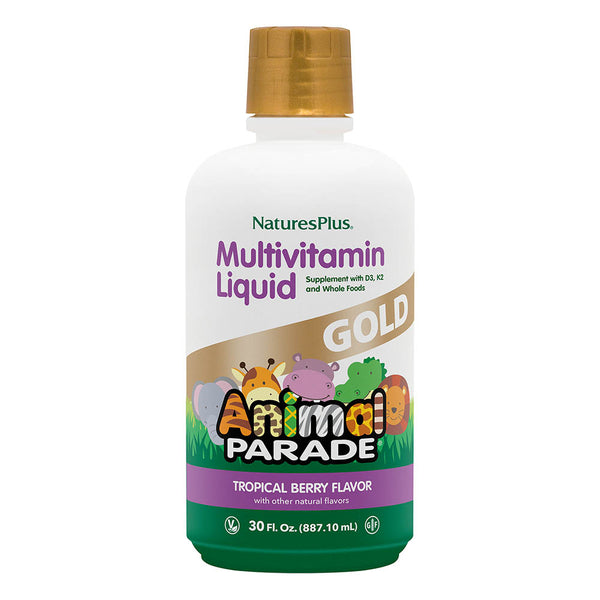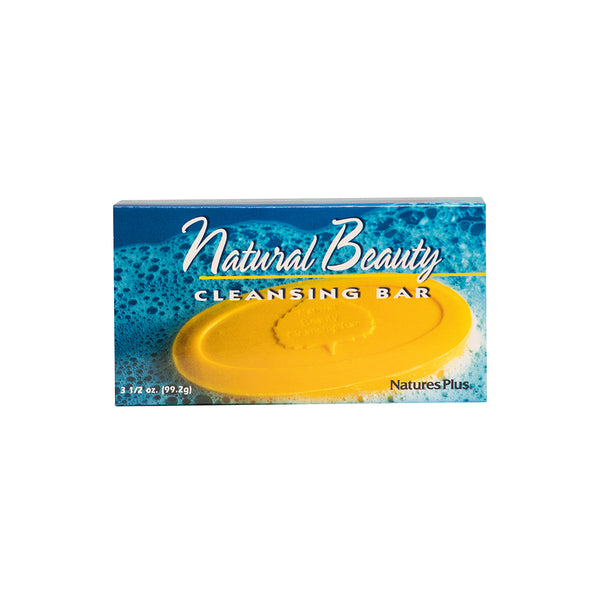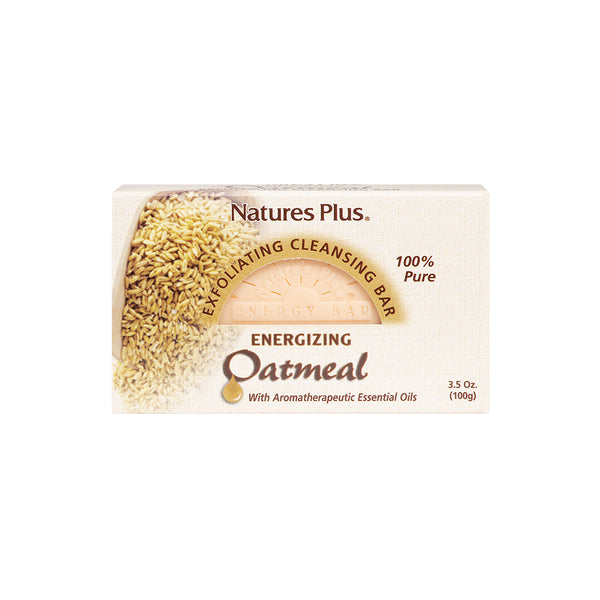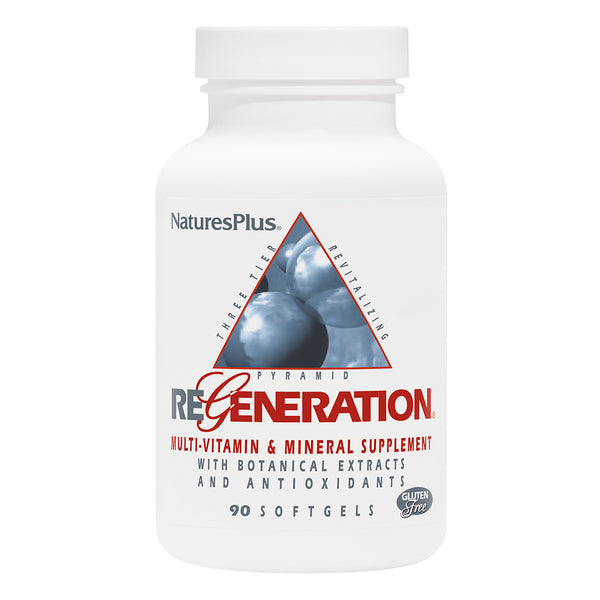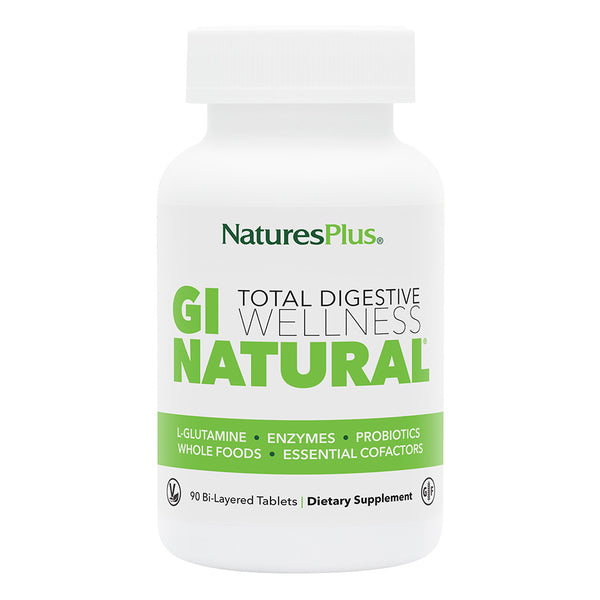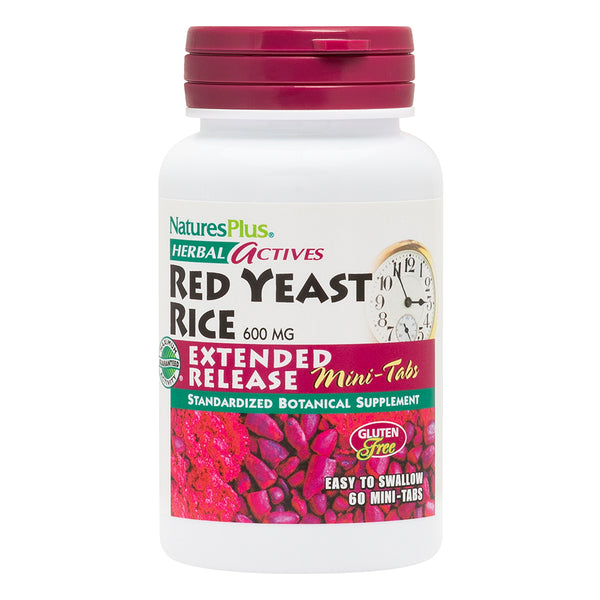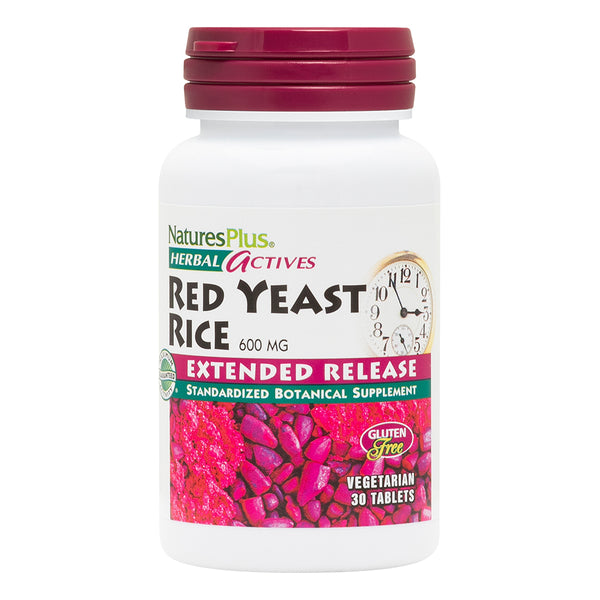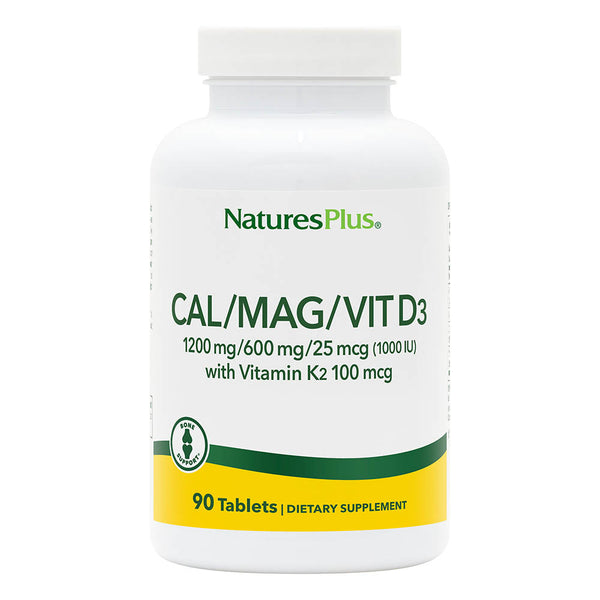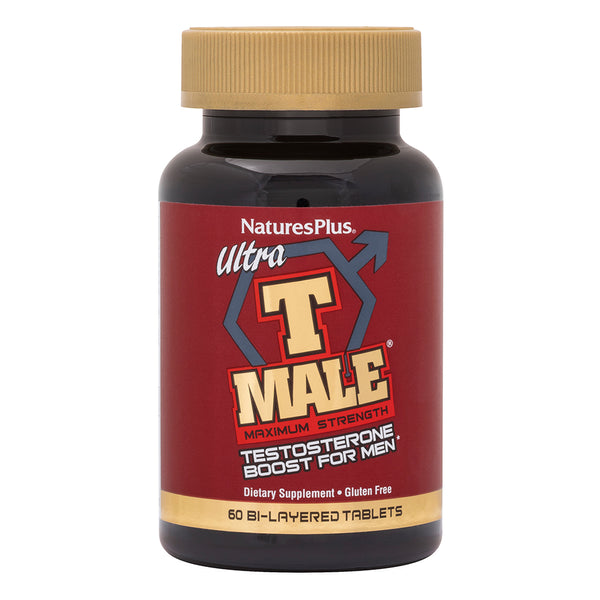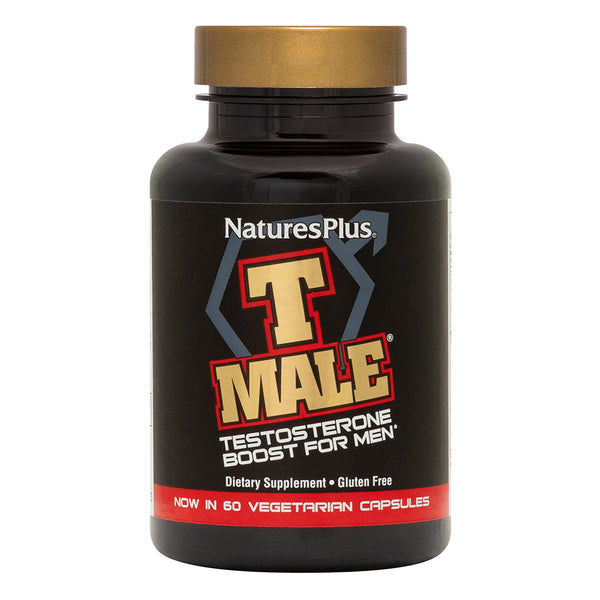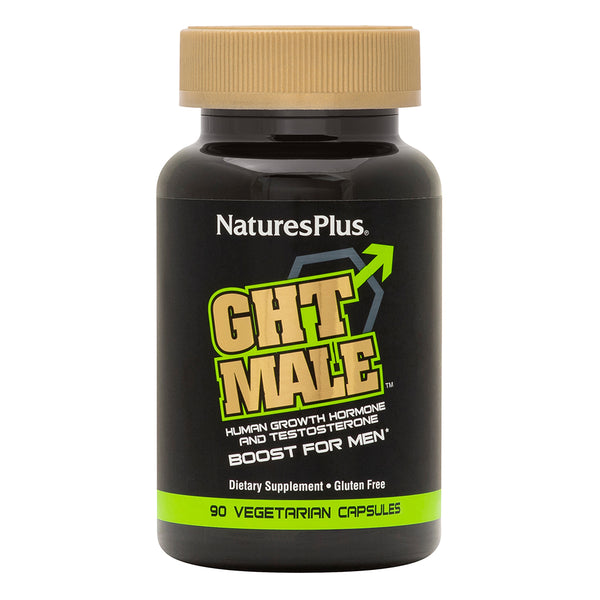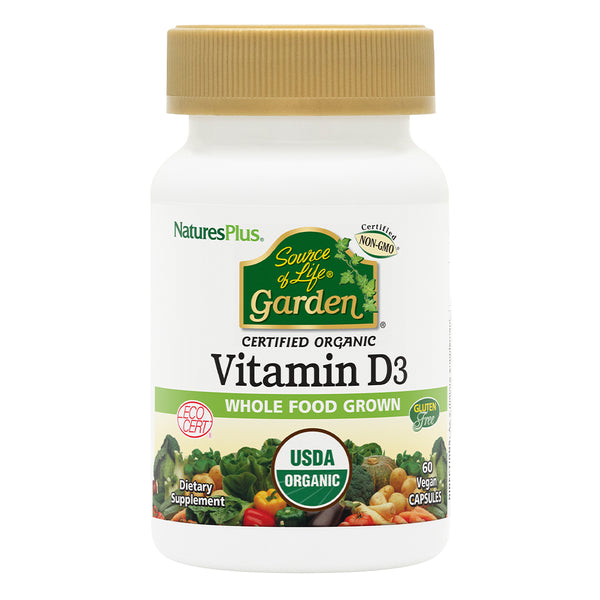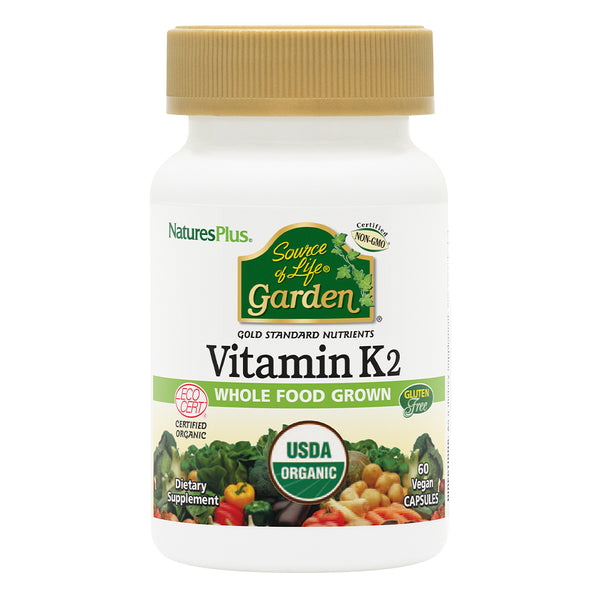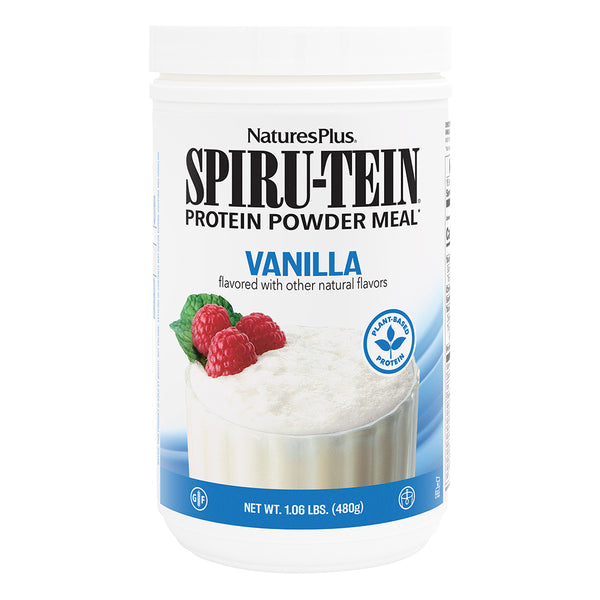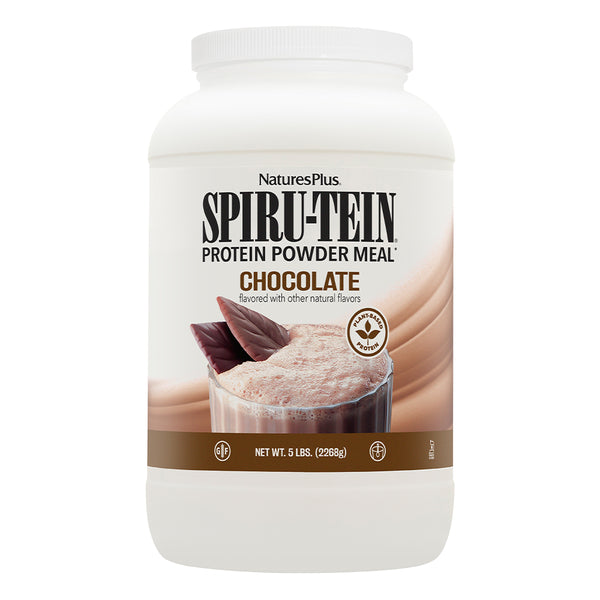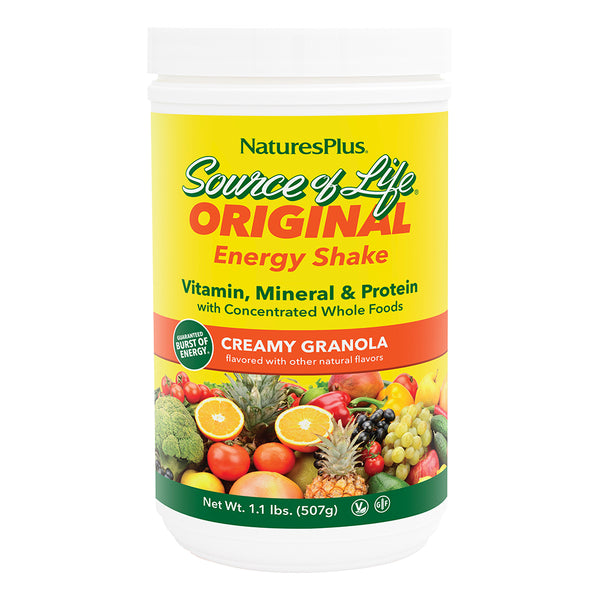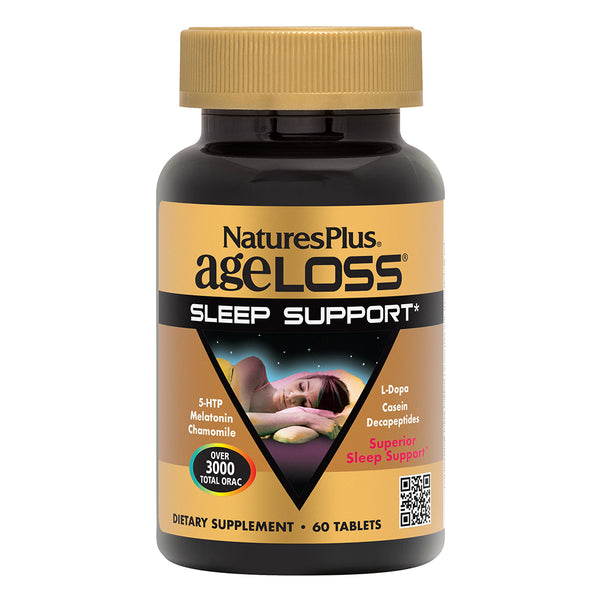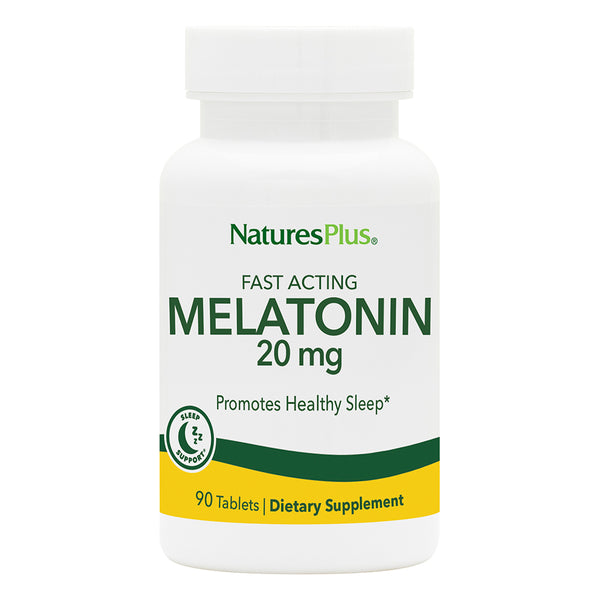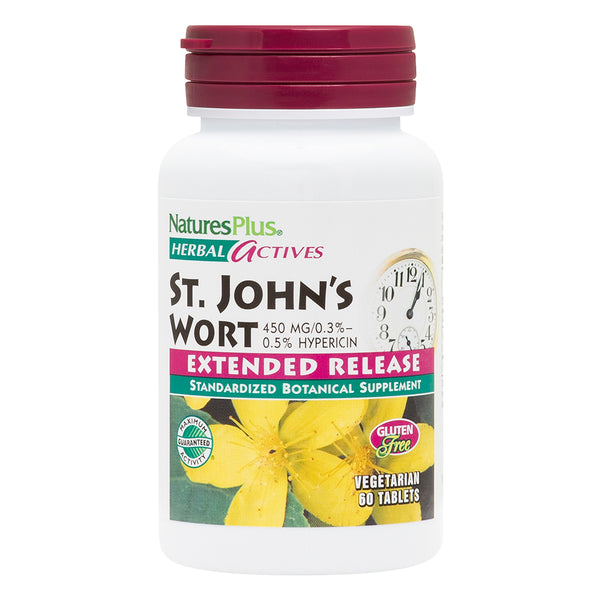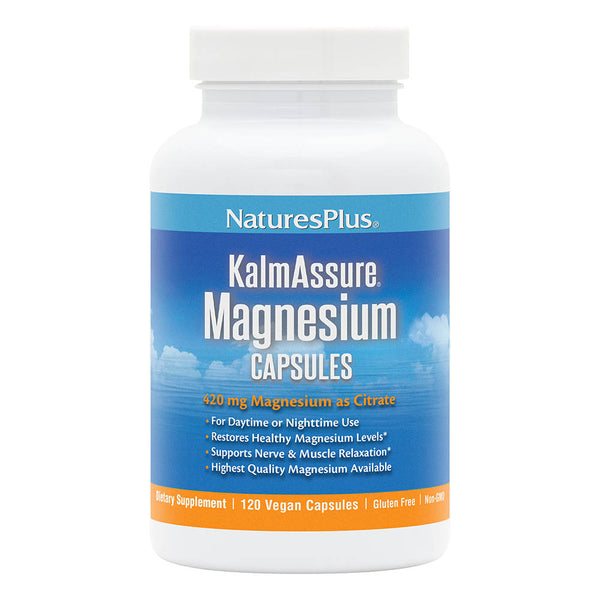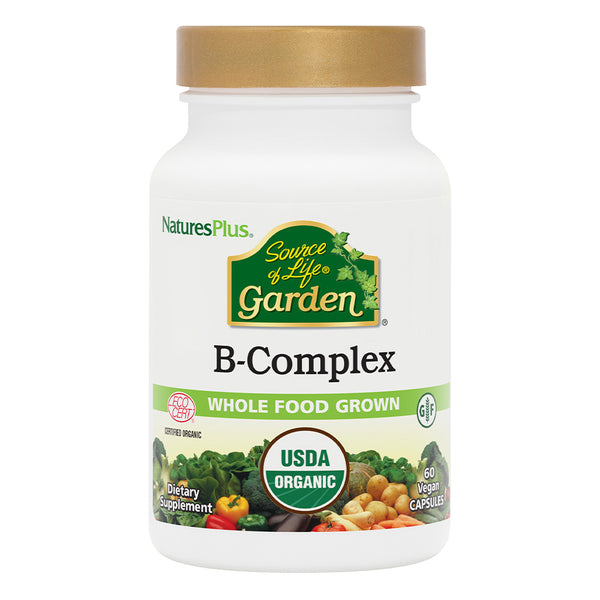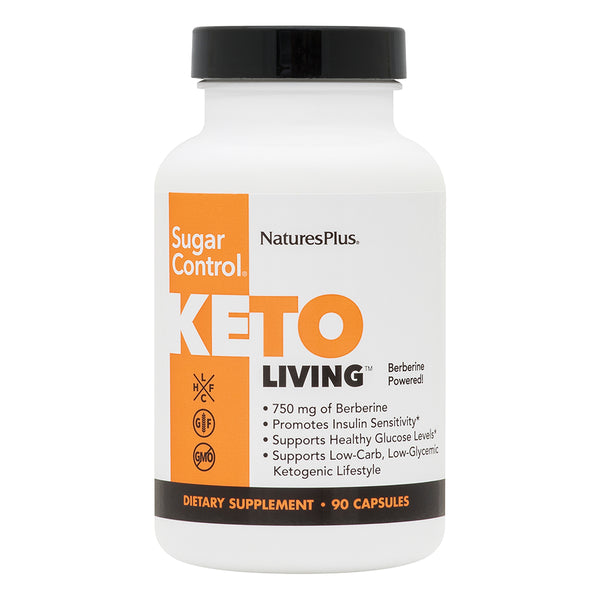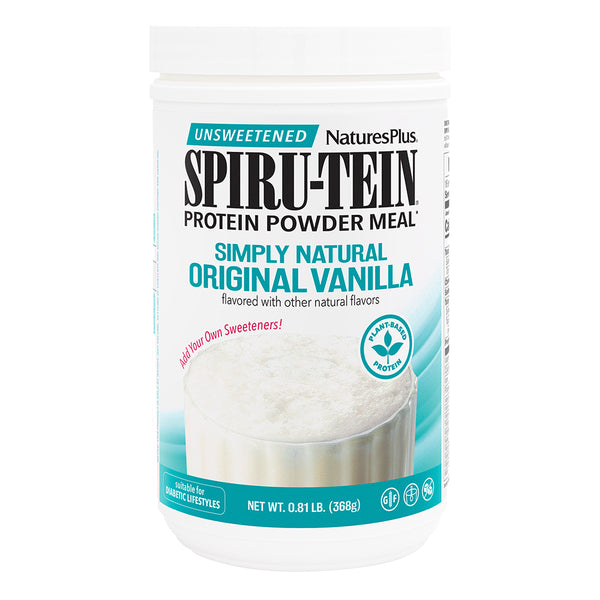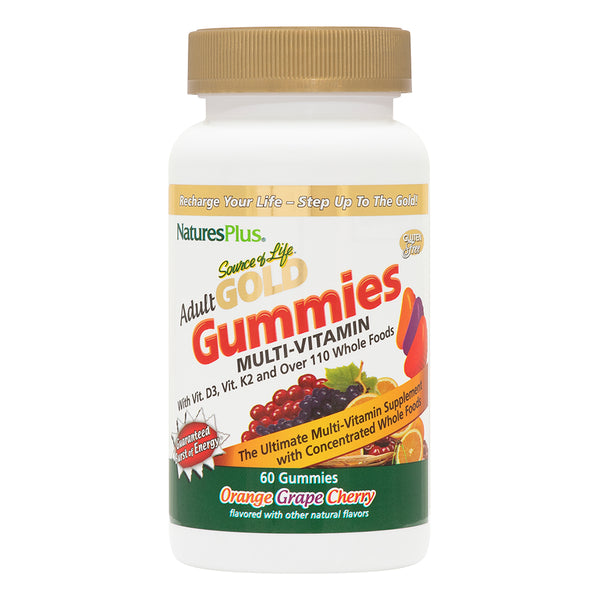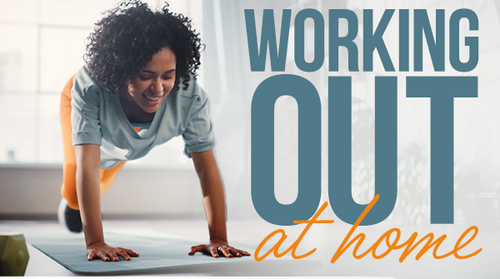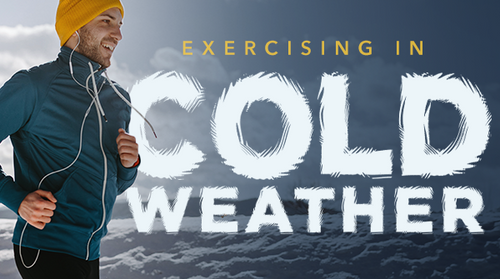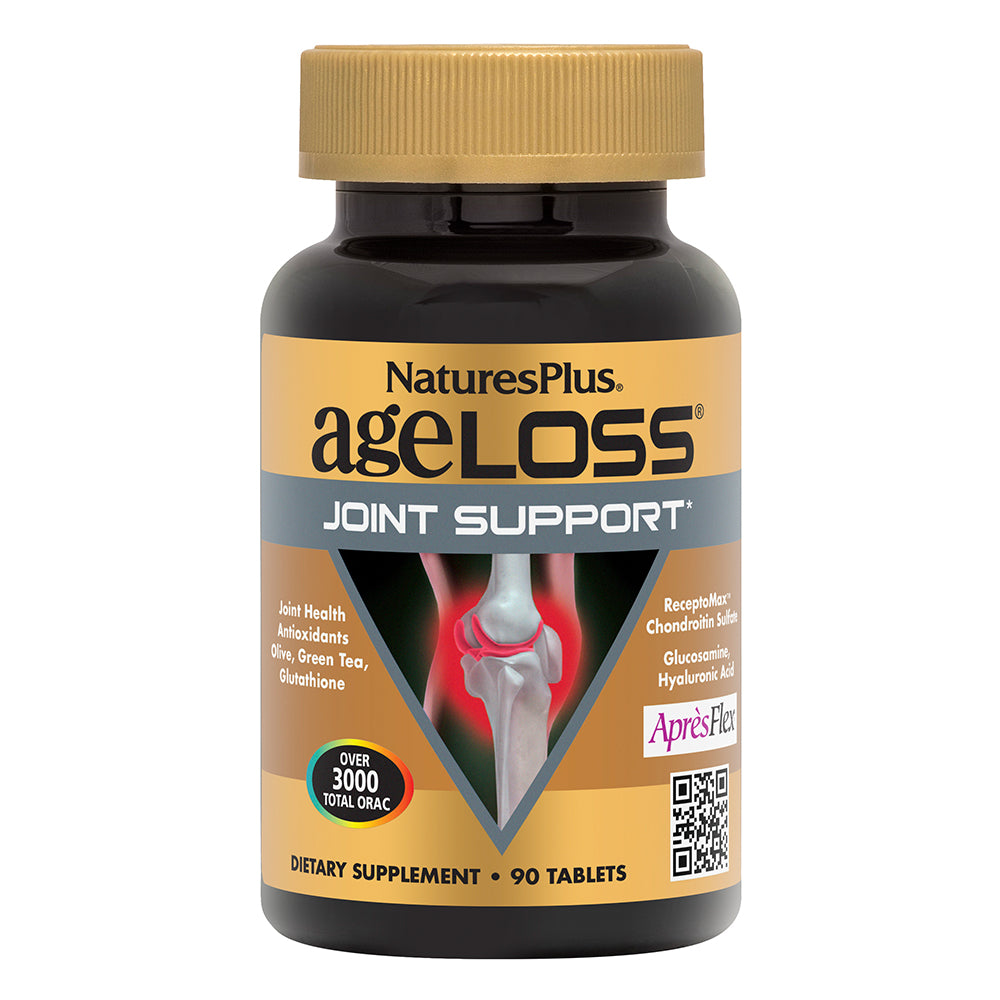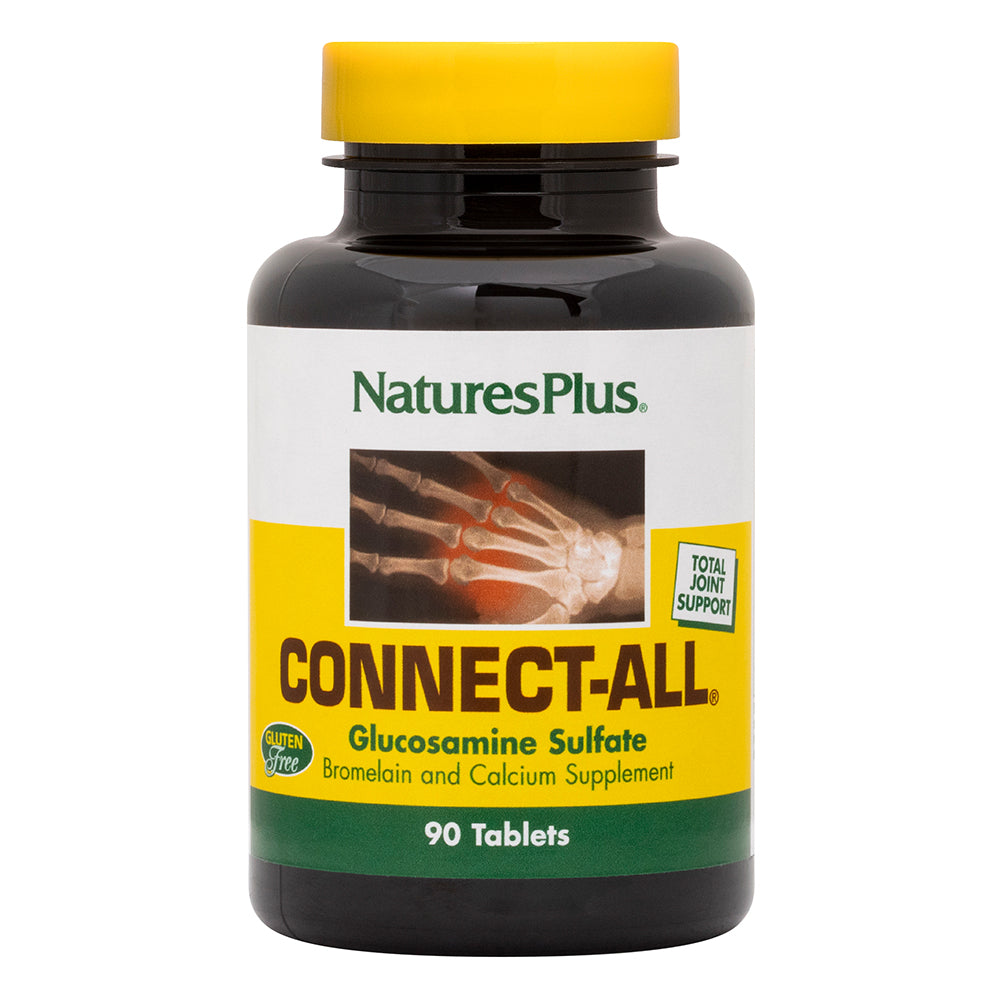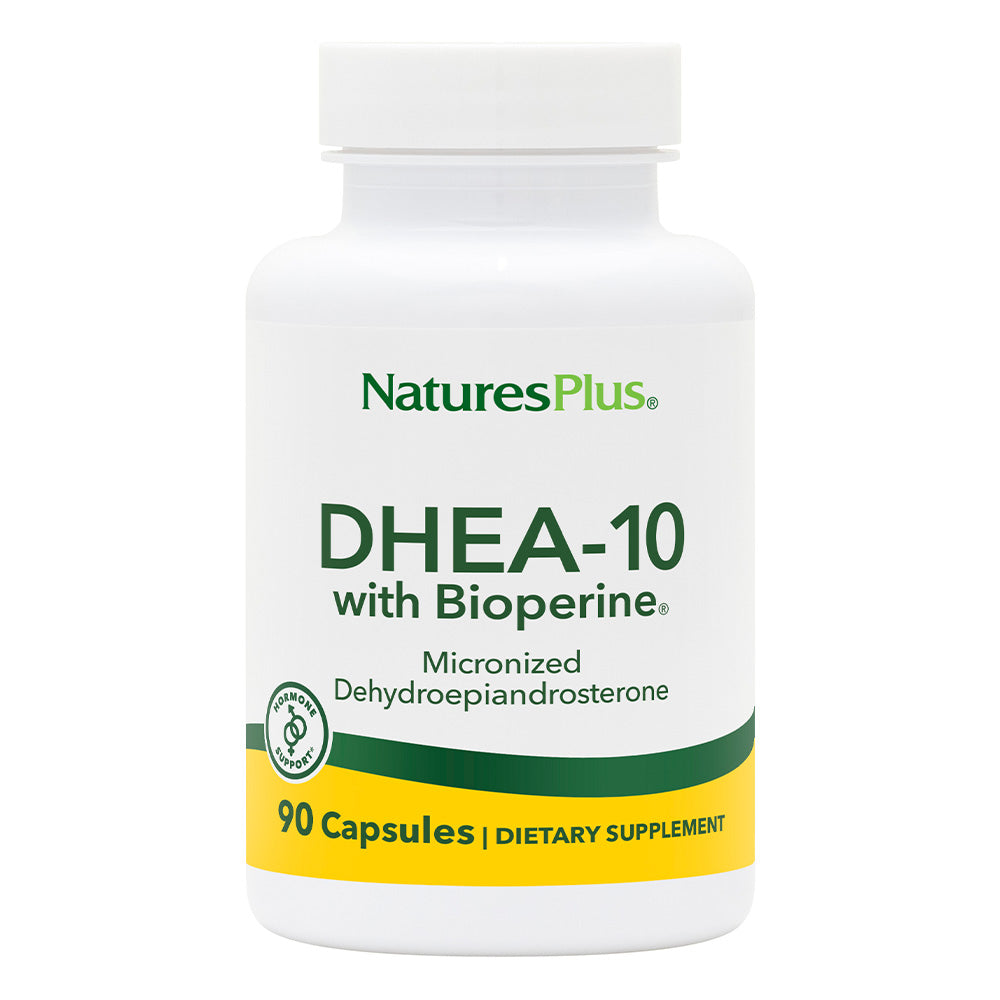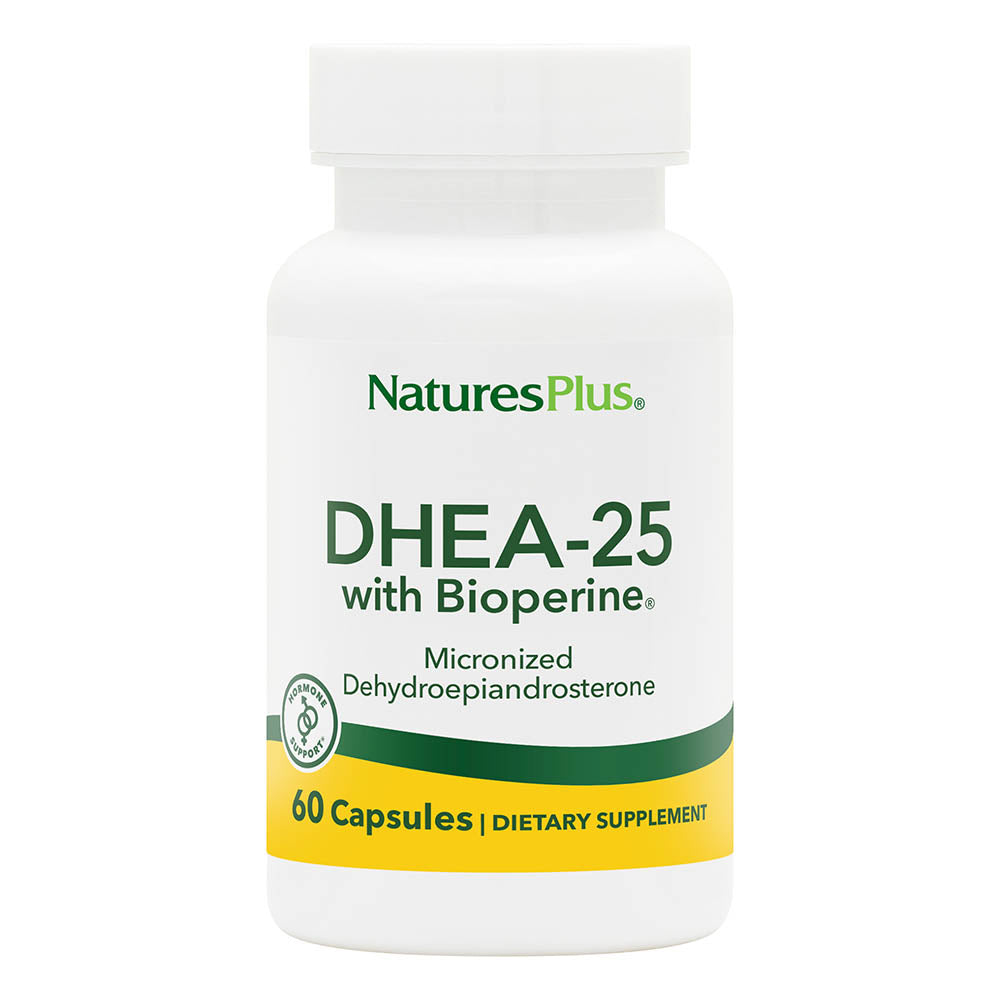Exercise, including weight training, is crucial for managing your body weight and maintaining overall well-being. As time goes on, however, you may have to adapt your fitness routine to help protect your joints.
Thats what Ellen Albertson, PhD, a psychologist and wellness coach in Burlington, Vermont, had to do. Active her entire life, Albertson became a fitness trainer in her late 30s. By her late 40s, she found that "my knees and lower back bothered me, and I noticed I didn't recover from injuries as quickly."
Gone are Albertson's high-impact workout days. She still stays active by doing a little yoga, lifting weights to keep up her muscle mass and walking her dog an hour or so each day.
Aging's Effects
Physical alterations that occur with aging can affect recovery times and increase injury risk.
For example, "tendons, which attach muscle to bone, become more brittle with age," says sports medicine specialist David Geier, MD. "This may be due at least in part to the fact that tendons lose water over time, making them stiffer and less tolerant of stress." (Smoking has also been shown to damage tendons.)
Tendons become less resistant to sudden changes, "so your'e more likely to take longer to recover," says Geier. And many people often find themselves with nagging tendonitis, or inflammation of the tendon.
Bones can also weaken with age. Osteoporosis, a loss of bone mass, isn't just a women's problem; Geier says it can happen to men as well.
Weight-bearing exercises help build and maintain bone density. Examples of high-impact exercise include dancing, jumping rope, climbing stairs and tennis, as well as hiking, jogging and running. Low-impact activities include elliptical training, using stair-stepping machines and fast walking.
If you've broken a bone due to osteoporosis, you may need to stick with low-impact exercise; check with your practitioner first. "Impact is not usually harmful if you don't have osteoporosis," says Geier. Running has been shown to actually help cartilage strength. Stop if you feel any discomfort or pain.
Aging muscles start to shrink as well. Called sarcopenia, this condition is characterized by 3% to 8% reduction of muscle mass each decade after the age of 30.
This muscle loss results in less strength and affects the ability to perform activities of daily living, making it a risk factor for a disability later in life.
Fortunately, this loss of muscle is not inevitable if you keep active; strength training can help.
"Exercise later in life is even more important than when we're young," says Michele Olson, PhD. "Growth hormone increases after vigorous workouts, so use these workouts as a way to raise your anabolic, aging-reducing hormones."
"Sarcopenia before age 70 is primarily due to being inactive," says Olson. "Research shows that strength gains are the same for people as old as 80 participating in regular strength training sessions. It's never too late to start."
Vigorous activities include jogging or running, swimming laps, riding a bike fast or up hills, playing singles tennis or playing basketball.
"If you've not done much of anything for a while, get started by walking outdoors," suggests Tim Ramirez, DC, founder of Pacifica Wellness in Costa Mesa, California.
"It's not only non-impact, but it engages you, keeps you in the moment and connects you with nature," Ramirez says. "If you've been out of shape for 10 years, though, you need to start slowly."
You can also try this simple cardio program for beginners:
- Walk 10 to 20 minutes, three to five times a week, at an easy pace
- Swing your arms freely, step gently and avoid locking out your knees
- Stay close to home or in an area with rest stops in case you need to take a break
- Add five minutes after a week and every week after, until you can walk continuously for 30 minutes
- For a greater challenge increase your speed and/or incorporate hills
Getting Stronger
Muscle-strengthening exercises should work all the major muscle groups.
"As you age you'll want to increase the repetitions and decrease the weight," says Geier. "If you've been exercising, there's no need to cut back on the number of days you work out—just modify the resistance."
Aim for two to three sessions a week, 8 to 12 repetitions per activity, which counts as one set. Start with one set and work your way up to two or three sets. Exercises that target each muscle group include:
- Legs: squats, lunges, step-ups, hamstring curls, calf raises
- Hips: hip extensions, bridges, inner and outer thigh exercises
- Back: seated rows, dumbbell rows, pull-downs, pull-ups
- Abdomen: crunches, reverse crunches, oblique twists, bicycle, bird-dog
- Chest: push-ups, dumbbell chest presses, chest flies
- Shoulders: overhead presses, lateral raises, front raises, reverse flies
- Arms: biceps curls, triceps extensions, push-downs (triceps)
"It's also important to focus on core and balance," says Ramirez. "Look for balance exercises where the hands are away from the body and your abdominals are engaged" (tightened, as if someones about to tickle you). Tai chi and yoga both help with balance, core stability and strengthening.
Allow adequate recovery time.
"It may take longer to recover from an intense workout as we age," says Olson, "but recovery from moderate intensity workouts is not that different. For high-intensity interval training (HIIT) workouts, the collagen in joints takes longer to rebuild; you may need two days to recover versus one."
Always stretch out only after your workout or after a thorough warm-up (gentle cardio for five to ten minutes). "Jump on a spin bike, sit in a sauna or do something to better increase blood flow and then work your way into a typical stretch routine to fight the loss of elasticity in the tendons and ligaments," says Olson.
"You can deal with aging if you keep moving," says Ramirez. "The better you take care of your body the better it's going to perform. The biggest problem that happens with age is neglect."
Like this article? You’ll love our weekly newsletter
sign up here!
**These statements have not been evaluated by the Food and Drug Administration. This product is not intended to diagnose, treat, cure or prevent any disease.
